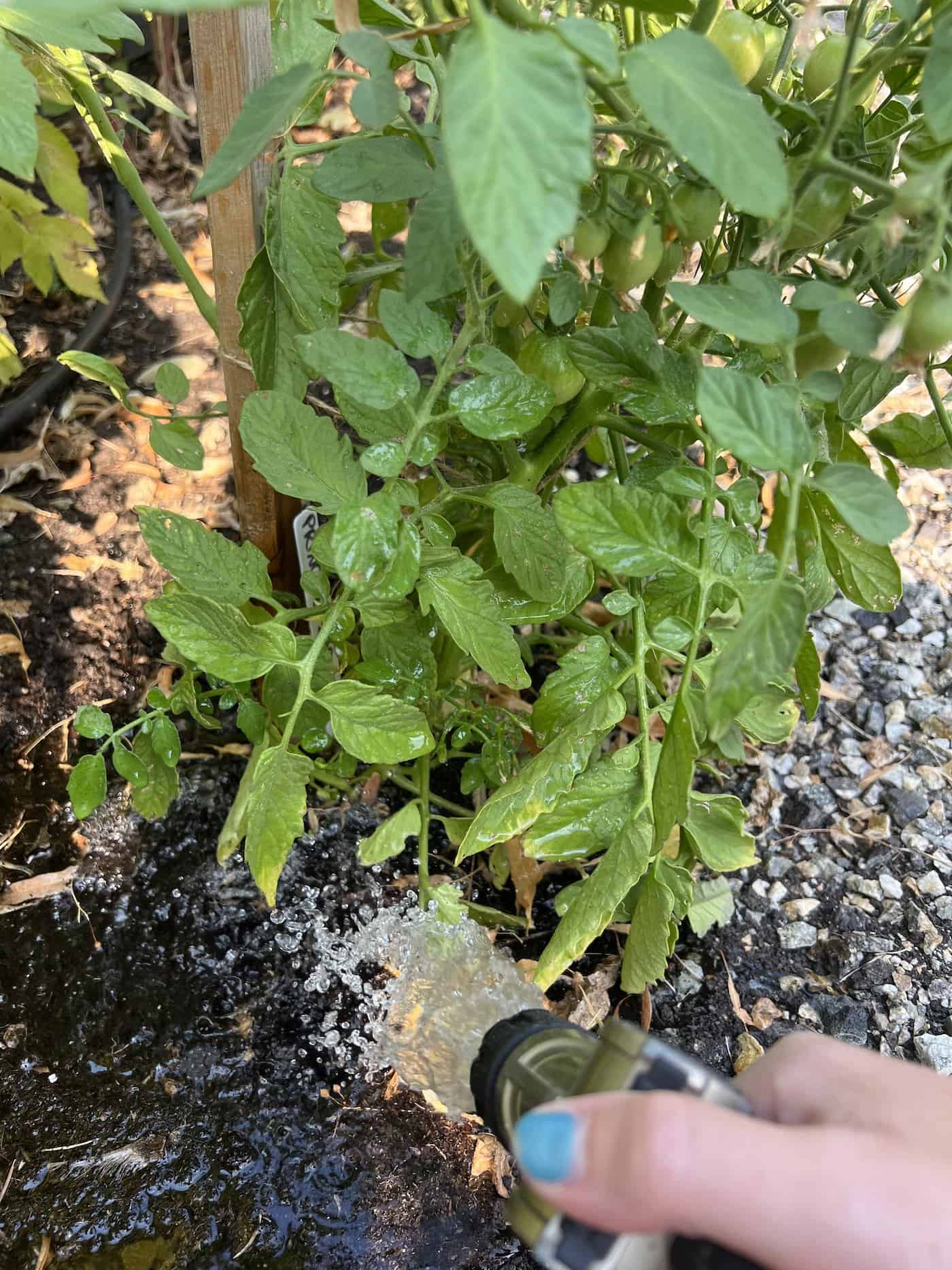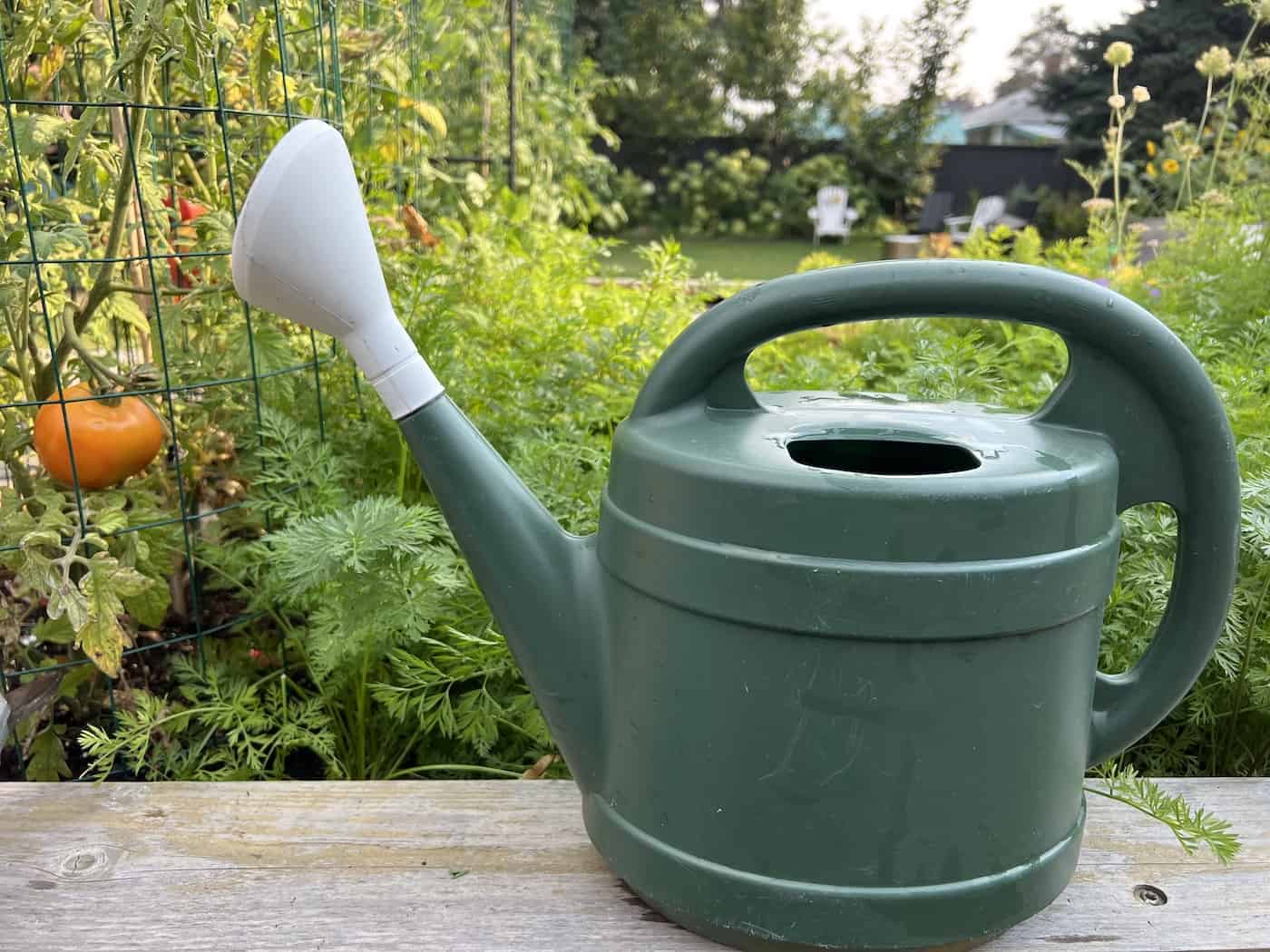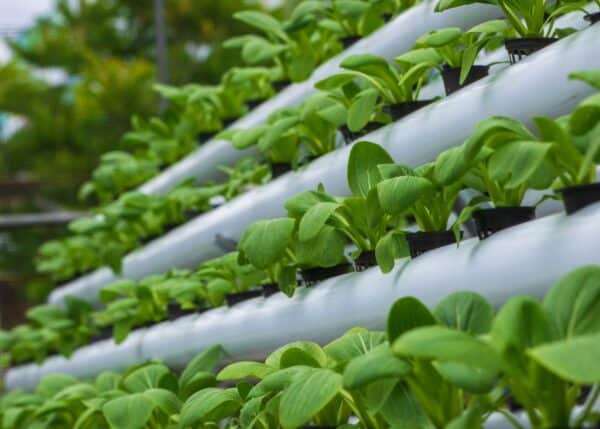Watering your vegetable garden is more than just a task on your gardening to-do list. It’s a foundational part of a successful harvest – or at least it should be when done correctly.
The best time to water vegetable garden plants is in the early morning. This allows the moisture to penetrate deeply into the soil, limiting evaporation, and reduces the risk of fungal disease. If you’re not an early riser, watering in the early evening has the same impact, although you’ll need to avoid splashing the leaves to prevent disease. Avoid watering in the middle of the day to limit evaporation and water wastage.
Why should you worry about watering time?
Watering is about more than basic plant survival. How you water impacts how healthy the plants are overall, influencing their ability to produce flowers and fruits or manage pests and diseases at any time of the season.
The time at which you water your plants significantly influences how effectively your plants utilize this precious resource. Watering at the right time enables your plants to absorb moisture more efficiently and reduces water wastage due to evaporation.
It can also help ward off common plant diseases caused by excess moisture. Certain fungal diseases thrive in damp conditions, particularly when water sits on leaves for extended periods. Watering when the excess has a chance to evaporate from the leaves can significantly reduce the likelihood of these diseases.

Impacts of watering at different times of the day
It may not seem like there’s much of a difference between watering at 8 AM or 2 PM. Your plants are getting the moisture they need, so what does it matter what time of day it happens? Let’s split the day into three sections to take a closer look at how the time of day impacts watering.
Early morning watering
Many gardeners swear by watering their vegetable garden in the early morning, and for good reason.
As the sun hasn’t reached its peak and the temperature remains relatively low, evaporation is minimal, allowing most of the water to be absorbed by the plants. This hydration provides them with the necessary resources to face the intense heat of the day, especially in the peak of summer.
Any water that ends up on the leaves during early morning watering will also dry out as the sun rises, preventing the risk of fungal diseases that thrive in damp conditions.
Early evening watering
Not all of us are morning people, making watering before the sun comes out completely out of the question. Totally understandable. So, if the crack of dawn doesn’t work for you, watering your vegetable garden in the early evening is a viable alternative.
Similar to the early morning, temperatures in the evening are cooler, reducing water loss due to evaporation. But there’s a catch – it’s crucial to water early enough that the leaves can dry before nightfall. Damp leaves that remain wet through the night can encourage the development of fungal diseases.
If you opt for evening watering, focus on delivering water to the soil only and not the leaves to reduce disease risk.
Midday watering
Watering at midday when the sun is at its fiercest isn’t recommended. The heat can cause a significant portion of your water to evaporate before it has the chance to soak into the ground. Water droplets sitting on the leaves can magnify the sunlight on textured leaves, leading to potential leaf scorch.
During particularly dry and hot spells, a gentle midday sprinkle when the soil is too dry can provide a welcome relief to your plants, cooling them and preventing wilting. But this should not replace your regular watering routine, focused on either early morning or late afternoon watering.

Watering methods
The way you water your garden is just as important as what time you do it.
When it comes to vegetable gardens, drip irrigation systems are the most effective as they deliver water directly to the roots of the plants, keeping the foliage dry and reducing the chances of disease while also minimizing water wastage.
If you’re using other watering methods, make sure you understand the pros and cons and how they influence moisture levels in the soil to make sure you are watering at the right time.
How much water to use
The water requirements of your vegetable garden depend on a number of factors, including your soil type, the current weather, and the specific needs of the vegetables you’re growing.
The general rule is to water deeply and infrequently (as opposed to shallowly and too often). This encourages the plant’s roots to grow deep into the soil, creating stronger plants that are better able to manage lack of water.
A good starting point is to aim for about an inch of water per week, adjusting based on rainfall and temperature fluctuations. But make sure you check the requirements of your specific plants before you start.







